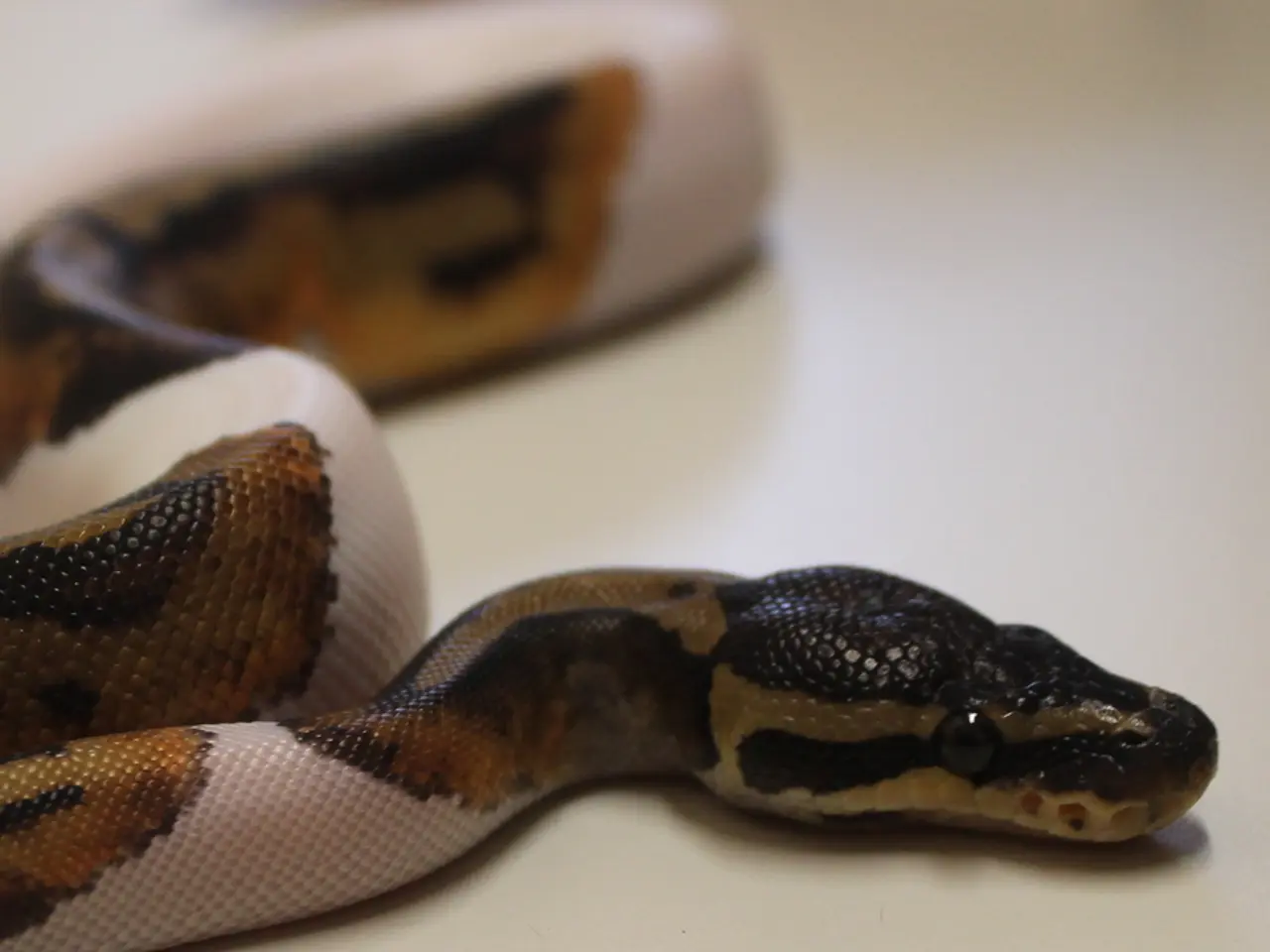Man from Odisha comes to hospital while holding a cobra that bit him
Man's Quick Thinking Saves Life in Cobra Encounter
In a surprising turn of events, a man named Ajit Karmakar from Nagpal village in Udala, Odisha's Mayurbhanj district, was bitten by a venomous cobra outside his house. The incident, which occurred in Udala, has left the local community stunned but also praising Ajit Karmakar's presence of mind in the face of danger.
Ajit Karmakar, showing severe symptoms of envenomation, managed to reach the hospital with the snake's carcass. The dead cobra's presentation at the hospital proved crucial in identifying the venom type and administering the correct treatment.
Bringing a dead cobra to the hospital can facilitate correct snake identification and venom typing, potentially improving treatment decision-making. It does not directly affect the venom's impact or patient recovery but aids in clinical diagnosis. Safe clinical response focuses on timely antivenom administration and symptomatic treatment rather than solely relying on the dead snake.
Dr Rajkumar Nayak of Udala Medical confirmed Ajit Karmakar's snake bite. After being bitten three to four times, Ajit Karmakar killed the snake and put its body in a plastic bag. The snake was identified as a cobra, a species known for neurotoxic venom and sometimes venom spitting behavior.
The appropriate antivenom was administered to Ajit Karmakar based on the identification of the snake. The hospital staff's response to the presentation of the dead cobra was significant for the treatment of Ajit Karmakar. Initially, his condition was deemed critical, and he was transferred to Baripada for advanced care.
Currently, Ajit Karmakar's condition is being treated in Baripada. Hospital sources reported that Ajit Karmakar's condition remains serious, but the swift identification of the snake might have saved his life. The incident serves as a reminder of the importance of quick action and correct identification in snake bite cases.
In these instances, it is essential to remember that misguided treatments, such as constrictive tourniquets, are harmful and should be avoided to prevent complications like gangrene or amputation. Clinical management primarily depends on the symptoms observed in the patient rather than the snake alone. Sometimes, venom traces on the bite site or on bandages can be used with snake bite identification kits for venom type confirmation.
These general principles apply broadly to cobra bites worldwide, although no specific source was found about the exact local practices in Udala, Odisha. The incident highlights the importance of public education about snake safety and the appropriate actions to take in the event of a snake bite.
The dead cobra's presentation at the hospital facilitated correct snake identification and venom typing, potentially improving treatment decision-making for medical-conditions like envenomation. The swift identification of the snake, a neurotoxic species, might have saved Ajit Karmakar's life, emphasizing the relevance of science, particularly health-and-wellness expertise, in managing such medical-conditions.




